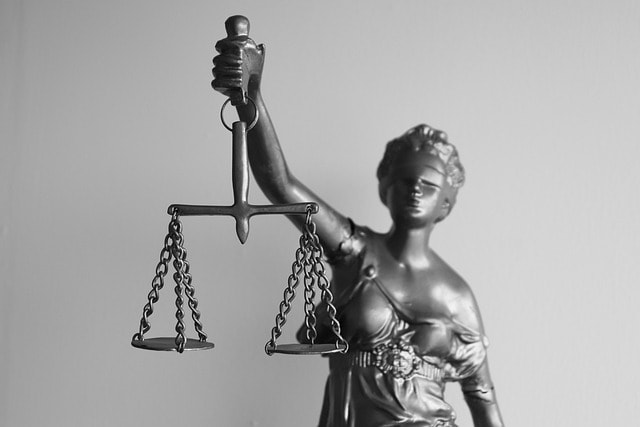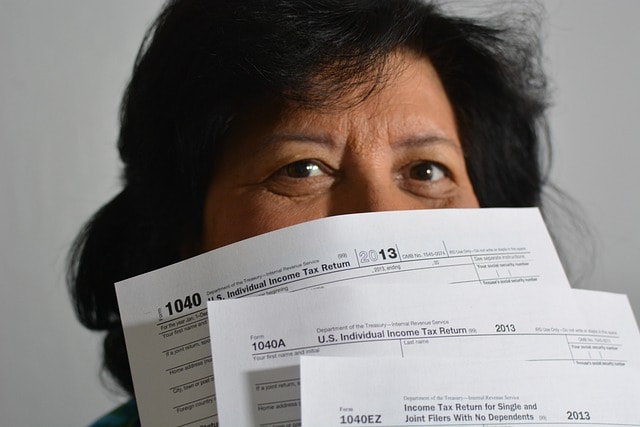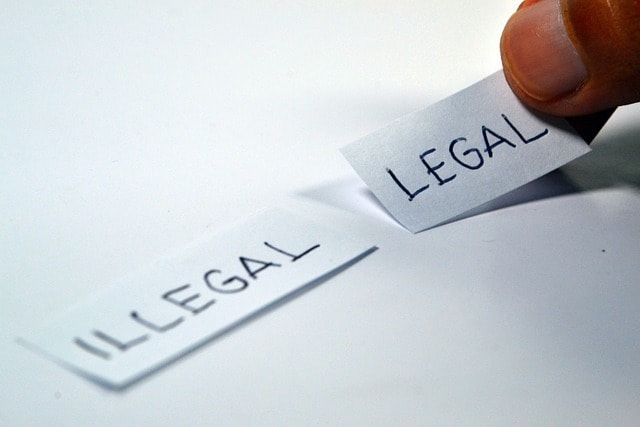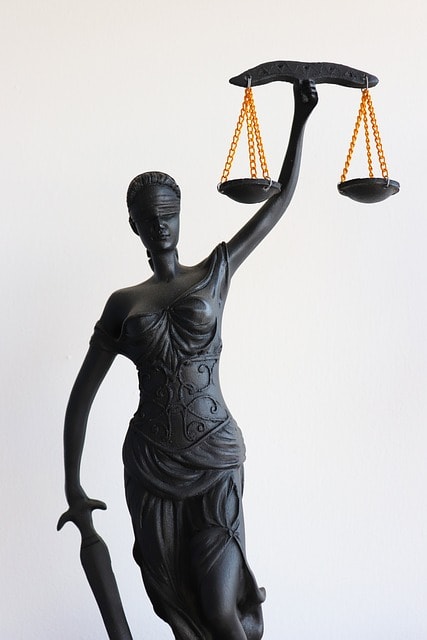A Step-by-Step Guide: How to Sue My Landlord for Unsafe Living Conditions

Understanding Your Rights as a Tenant
- Familiarize yourself with landlord-tenant law and your legal rights as a tenant.
- Understand the warranty of habitability and the landlord’s legal obligations to provide a safe and livable rental unit. If a landlord fails to meet these obligations, tenants can take legal action, report violations, and request necessary repairs.
- Know your responsibilities as a tenant and how they may impact your ability to sue your landlord.
Tenant Responsibilities and Rights
- Tenants have the right to a safe and habitable living environment, free from health hazards and unsafe conditions.
- Tenants are responsible for reporting any unsafe conditions to the landlord and cooperating with repairs.
- Tenants must also comply with the terms of their lease agreement.
Common Regulations and State-Specific Laws
- Research state-specific laws and regulations regarding landlord-tenant relationships and unsafe living conditions.
- Understand the differences between hazardous and non-hazardous violations and the corresponding timelines for repair.
- Familiarize yourself with local ordinances and building codes that may impact your case.
Identifying and Documenting Unsafe Conditions
Inspect your rental property thoroughly to identify any unsafe conditions or hazards.
- Take photographs and videos of any damage or hazards, and keep a record of dates and times.
- Keep a written log of all correspondence with your landlord regarding the unsafe conditions.
Recognizing Common Types of Hazards
- Physical hazards, such as broken stairs or exposed wiring, can lead to injuries or accidents.
- Health and safety hazards, such as mold or pest infestations, can cause health issues and make a property uninhabitable.
- Understand the different types of hazards and how to identify them.
Conducting a Detailed Inspection of the Premises
- Inspect all areas of the rental unit, including common areas and external parts of the property.
- Look for signs of damage, wear and tear, or neglect that could indicate unsafe conditions.
- Take notes and photographs of any issues you find.
Taking Photographs and Videos as Evidence
- Visual evidence can be highly compelling in a lawsuit, so take clear and dated photographs and videos of any unsafe conditions.
- Include timestamps and descriptions of the images or videos.
- Store the evidence securely and make multiple copies.
Communicating with Your Landlord

- Send a written notice to your landlord detailing the unsafe conditions and requesting repairs.
- If your landlord refuses to address the unsafe conditions, document all interactions meticulously. Keep records of written notices, emails, and verbal conversations. Prepare demand letters and gather evidence, such as photos and witness statements, to strengthen your case for potential legal actions.
- Keep a record of all correspondence, including dates, times, and details of conversations.
- Follow up with your landlord to ensure they are taking steps to address the issues.
Sending a Written Notice to the Landlord
- Use a formal letter or email to notify your landlord of the unsafe conditions.
- Clearly describe the issues and the expected remedies.
- Include a reasonable deadline for the repairs to be completed.
Keeping Records of All Correspondence
- Keep a record of all emails, letters, and phone calls with your landlord.
- Include dates, times, and details of conversations.
- Store the records securely and make multiple copies.
Understanding the Legal Process

- Familiarize yourself with the legal process and timeline for suing your landlord, including the steps necessary to pursue legal action against negligent landlords who fail to ensure a safe environment.
- Understand the legal recourse available to tenants, emphasizing the importance of understanding state-specific regulations and tenant rights when facing unsafe living conditions.
- Understand the different types of lawsuits and which one may be applicable to your situation.
- Research legal fees and costs associated with suing your landlord.
Overview of the Legal Process and Timeline
- Understand the steps involved in suing your landlord, from preparing the lawsuit to serving the lawsuit and preparing for the hearing.
- Know the typical timeline for a lawsuit and how long it may take to resolve.
- Research the different types of lawsuits and which one may be applicable to your situation.
Understanding Legal Fees and Costs
- Research the legal fees and costs associated with suing your landlord.
- Understand the different types of fees, including hourly rates and contingency fees.
- Know how to calculate the costs of a lawsuit and how to budget for them.
Preparing for a Lawsuit
- Gather all relevant documents and evidence, including photographs, videos, and witness statements.
- Research the law and prepare your case, including understanding the elements of a successful lawsuit.
- Consider hiring a lawyer to represent you in the lawsuit.
Gathering Evidence and Building a Case
- Collect all relevant documents and records, including lease agreements, repair requests, and correspondence with your landlord.
- Contact experienced attorneys for guidance on building a strong case.
- Understand the types of damages you may be eligible for and how to calculate them.
Collecting Relevant Documents and Records
- Gather all relevant documents and records, including lease agreements, repair requests, and correspondence with your landlord.
- Organize the documents chronologically and store them securely.
- Make multiple copies of the documents.
Contacting Experienced Attorneys for Guidance
- Research and contact experienced liability lawyers who specialize in landlord-tenant law.
- Ask for guidance on building a strong case and understanding the legal process.
- Consider hiring a lawyer to represent you in the lawsuit.
Understanding Recoverable Damages in a Successful Claim
- Research the types of damages you may be eligible for, including economic and non-economic damages.
- Understand how to calculate the damages and how to present them in court.
- Know the different types of compensation you may be eligible for, including back rent and medical expenses.
Filing a Lawsuit in Small Claims Court or Elsewhere
- Decide whether to file a lawsuit in small claims court or elsewhere, depending on the amount of damages and the complexity of the case.
- Prepare and file the lawsuit, including serving the lawsuit and preparing for the hearing.
- Understand the different types of lawsuits and which one may be applicable to your situation.
How to Prepare and File a Small Claims Lawsuit
- Research the small claims court process and the requirements for filing a lawsuit.
- Prepare the lawsuit, including gathering evidence and writing a clear and concise complaint.
- File the lawsuit and serve the landlord, following the court’s rules and procedures.
Serving the Lawsuit and Preparing for the Hearing
- Serve the lawsuit on the landlord, following the court’s rules and procedures.
- Prepare for the hearing, including gathering evidence and practicing your testimony.
- Understand the different types of hearings and which one may be applicable to your situation.
Proving Liability and Negligence

- Prove that the landlord was negligent and liable for the unsafe conditions. Negligent landlords can be held accountable for damages caused by their negligence, and tenants should seek legal assistance to ensure they receive proper compensation.
- Understand the elements of a successful lawsuit, including duty, breach, causation, and damages.
- Gather evidence to support your case, including witness statements and expert testimony.
Proving Tenant Awareness and Causation
- Prove that the landlord was aware of the unsafe conditions and failed to take action.
- Understand the concept of causation and how to prove it in court.
- Gather evidence to support your case, including witness statements and expert testimony.
Reasonable Steps Taken by the Landlord
- Understand the concept of reasonable steps and how to prove it in court.
- Gather evidence to support your case, including witness statements and expert testimony.
- Know how to calculate the damages and how to present them in court.
Seeking Compensation for Unsafe Living Conditions

- Understand the different types of compensation you may be eligible for, including back rent and medical expenses, and seek compensation for the impact of unsafe living conditions on your health and well-being.
- Research the types of lawsuits and which one may apply to your situation.
- Gather evidence to support your case, including witness statements and expert testimony.
Potential Lawsuits Against Landlords
- Research the different types of lawsuits that can be filed against landlords, including breach of contract and negligence.
- Understand the elements of a successful lawsuit, including duty, breach, causation, and damages.
- Gather evidence to support your case, including witness statements and expert testimony.
Calculating Damages and Compensation
- Understand how to calculate the damages and how to present them in court.
- Research the different types of compensation you may be eligible for, including back rent and medical expenses.
- Gather evidence to support your case, including witness statements and expert testimony.
Resolving Disputes with Your Landlord
- Understand the different methods for resolving disputes with your landlord, including mediation and arbitration.
- Research the different alternative dispute resolution methods and which one may apply to your situation.
- Gather evidence to support your case, including witness statements and expert testimony.
Alternative Dispute Resolution Methods
- Research different alternative dispute resolution methods, including mediation and arbitration.
- Understand the benefits and drawbacks of each method.
- Gather evidence to support your case, including witness statements and expert testimony.
Negotiating a Settlement with Your Landlord
Understand the process of negotiating a settlement with your landlord.
- Research the different types of settlements and which one may apply to your situation.
- Gather evidence to support your case, including witness statements and expert testimony.
Conclusion

- Summarize the key points of the guide, including understanding your rights as a tenant, identifying and documenting unsafe conditions, and seeking compensation.
- Emphasize the importance of seeking legal advice and representation.
- Provide final tips for suing your landlord, including staying organized and persistent.
Other Topics: Understanding the Slip and Fall Settlement, Understanding Cruelty on Animals,













